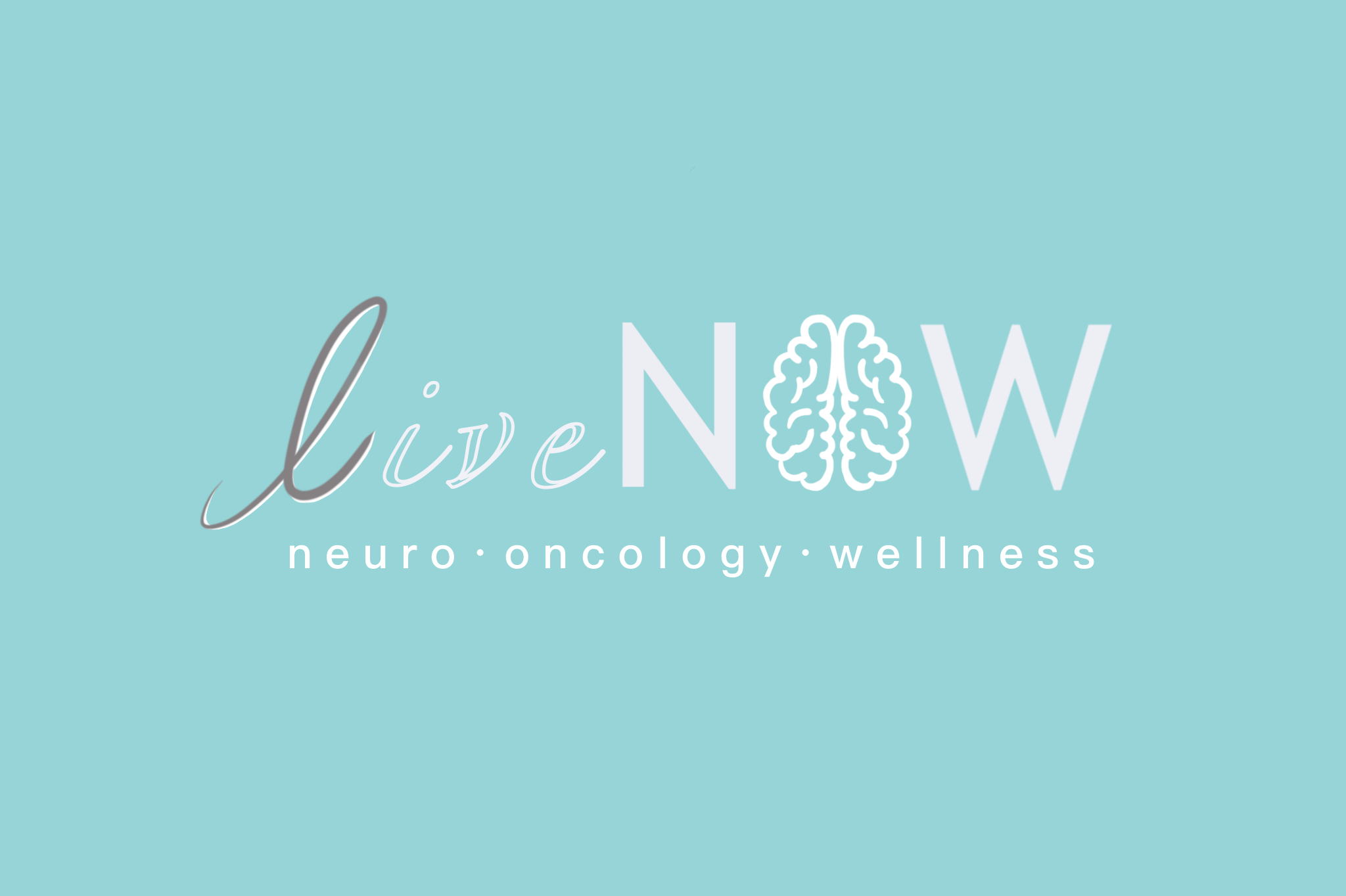

The result is, in the words of the New York Times Book Reviewcritic Gardner McFall, “an allegory for our time” (20). In Th e Way We Live Now, Sontag presents the myriad responses to a nameless central character who has been diagnosed with the (also nameless) disease. In these groundbreaking essays she explores the way illness is used in pejorative ways to describe social conditions and the accompanying moral, economic, political, and military crises in particular, she demonstrates misconceptions and confusion about the AIDS disease. She is, however, universally lauded for her collections of essays entitled Illness as Metaphor (1978) and AIDS and Its Metaphors (1989). Sontag, a controversial and widely known social commentator and cultural critic who died in 2004, wrote novels, short stories, plays, and screenplays. The story subsequently appeared in The Best American Short Stories of 1987, The Best American Short Stories of the Eighties, and, most recently, in an illustrated edition, The Way We Live Now (1992). G7 Japan: The Hiroshima Summit is an official publication of The Global Governance Project, a joint initiative between GT Media Group Ltd, a London-based publishing company, and the G7 Research Group based at the University of Toronto.Analysis of Susan Sontag’s The Way We Live Nowįirst published in the New Yorker in 1986, Susan Sontag’s The Way We Live Now addresses AIDS in detail without ever mentioning the disease by name. For each topic, the G7 Research Group team provides data and commentary on the G7’s performance including members’ compliance with their commitments.

The WHO’s Tedros Adhanom Ghebreyesus writes on how, in its 75th year, the WHO remains essential in responding to health emergencies, the OECD’S Mathias Cormann explores lessons in resilience, and Sima Bahous, under-secretary general of the United Nations and executive director of UN Women, explores the link between digital and women’s rights. Read about reliable, scalable, safe energy in an interview with the International Atomic Energy Agency’s Rafael Mariano Grossi, and learn how we can clean up hazardous waste in a feature by Rolph Payet, executive secretary of the Basel, Rotterdam and Stockholm Convention. The title also includes thought leadership on sector-specific issues from a prestigious line-up of authors. This year’s summit background book features exclusive editorial contributions from world leaders led by Prime Minister Kishida and including Canadian prime minister Justin Trudeau and European Council president Charles Michel, who write on the challenges of entangled global crises. Together, these issues inform the content of G7 Japan: The Hiroshima Summit. Kishida’s other priority issues are economic resilience and economic security ecology, which is led by climate change, biodiversity loss and pollution food, with the G7 exploring pathways to overcome weaknesses in the global food system health, building on the lessons from Covid-19 and development towards 2030. Peace and security rank high, with the summit location of Hiroshima reminding attendees and world of the horrors of nuclear war. To confront these challenges, Japanese prime minister and summit host Fumio Kishida has set a comprehensive agenda. Then there are the interconnected crises of resource, economic and social insecurity, development setbacks, rising debt in poor countries and democratic decline. The planet is facing the dual threats of the expansion and use of nuclear weapons in multiple regions and climate change, which is rapidly pushing global temperatures towards the brink of liveable limits. Taking place on 19–21 May, the Hiroshima Summit comes at a critical moment.




 0 kommentar(er)
0 kommentar(er)
